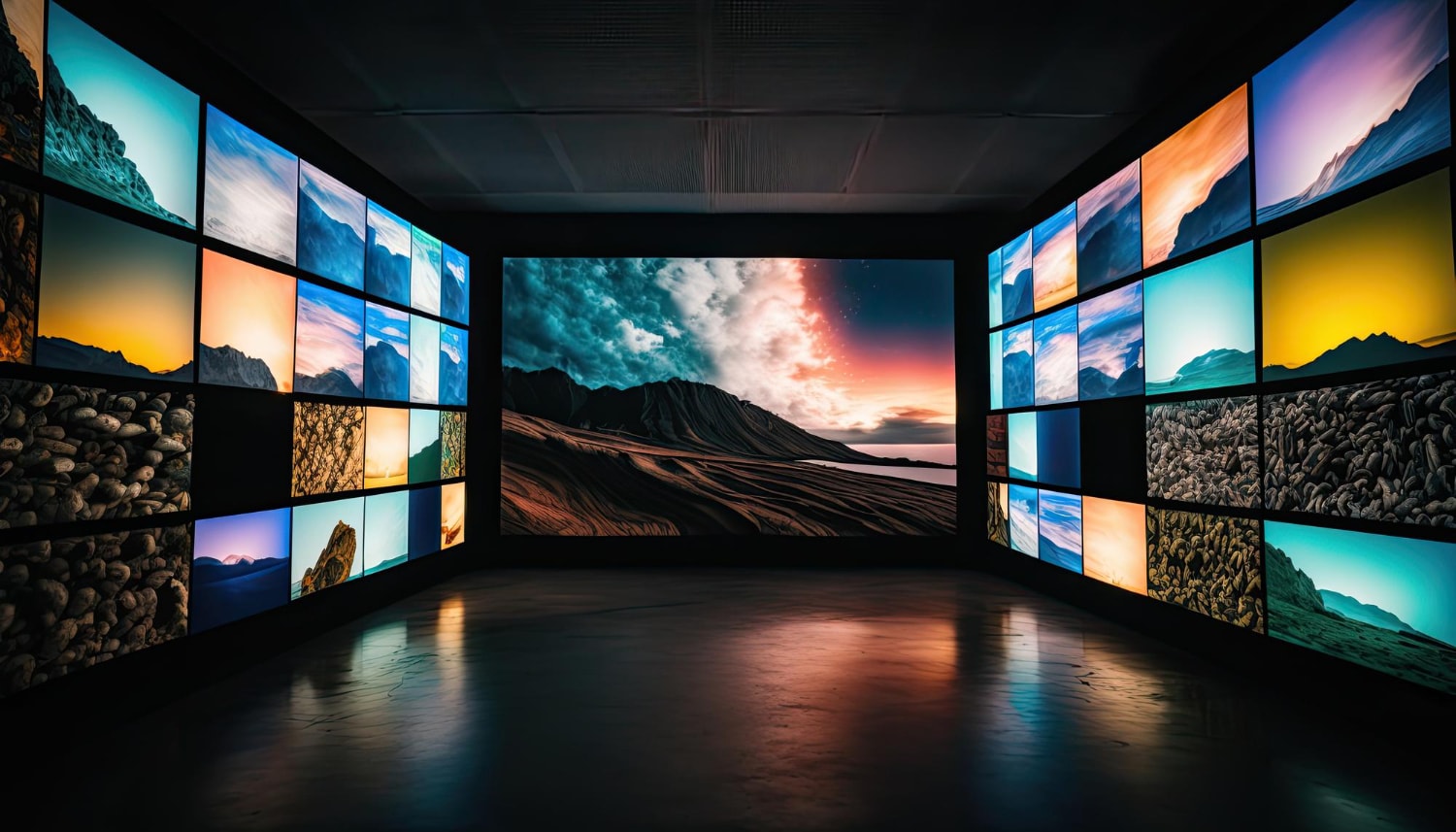Exploring the Efficacy of Various Light Emitting Diode Wall Adjustment Techniques for Optimal Sight Performance
Wiki Article
LED displays have become progressively favored in multiple environments, such as theater venues, musical events, and business events. These large screens provide lively hues and crisp visuals, making them perfect for graphic displays. However, to attain the optimal display quality, appropriate tuning of Light Emitting Diode screens is essential. Calibration refers to the process of adjusting the display settings to ensure that hues, luminosity, and differentiation are precise and uniform. Different tuning techniques can significantly influence the overall standard of the visual experience, making it important to investigate the effectiveness of these methods.
One frequent method for tuning Light Emitting Diode walls is handheld calibration. This method involves modifying the settings by hand, often using specialized instruments and programs. Specialists typically analyze the screen's color precision and luminosity levels, making adjustments based on their observations. Manual tuning allows for a significant degree of customization, as specialists can adapt the parameters to the particular setting and material being shown. However, this approach can be time-consuming and demands a skilled specialist to attain optimal outcomes. Despite its challenges, manual calibration can lead to remarkable visual quality when done properly.
Another popular tuning technique is the use of automatic tuning. This approach uses programs and devices to assess the display's functionality and make adjustments instantly. Automated calibration can conserve hours and minimize the potential for human error, as the software can quickly analyze the screen and implement the necessary changes. This technique is particularly beneficial in settings where the Light Emitting Diode wall is frequently used for different types of content, as it can adapt to various lighting environments and material requirements. While automated calibration may not offer the same level of customization as handheld calibration, it can still provide superb outcomes for many uses.

A third method worth mentioning is the application of hue tuning instruments. These devices, such as colorimeters and spectrophotometers, measure the color output of the LED screen and help confirm that the hues shown are accurate. By using these devices, technicians can identify any discrepancies in color representation and make the required modifications. This method is especially important for applications where color precision is essential, such as in visual visit the website art or film production. Color calibration tools can enhance the total display performance of LED walls, guaranteeing that the viewers sees the desired colors and details.
In conclusion, the effectiveness of different Light Emitting Diode screen calibration techniques plays a crucial role in attaining best display performance. Manual tuning offers personalization but can be labor-intensive, while automatic calibration provides efficiency and consistency. Additionally, color tuning instruments help confirm accurate color representation, which is essential for many applications. By understanding and utilizing these tuning methods, technicians can improve the display experience for audiences, making Light Emitting Diode screens an even powerful tool for interaction and engagement. As technology continues to advance, ongoing study and development in calibration techniques will likely lead to even better visual quality in the time ahead.